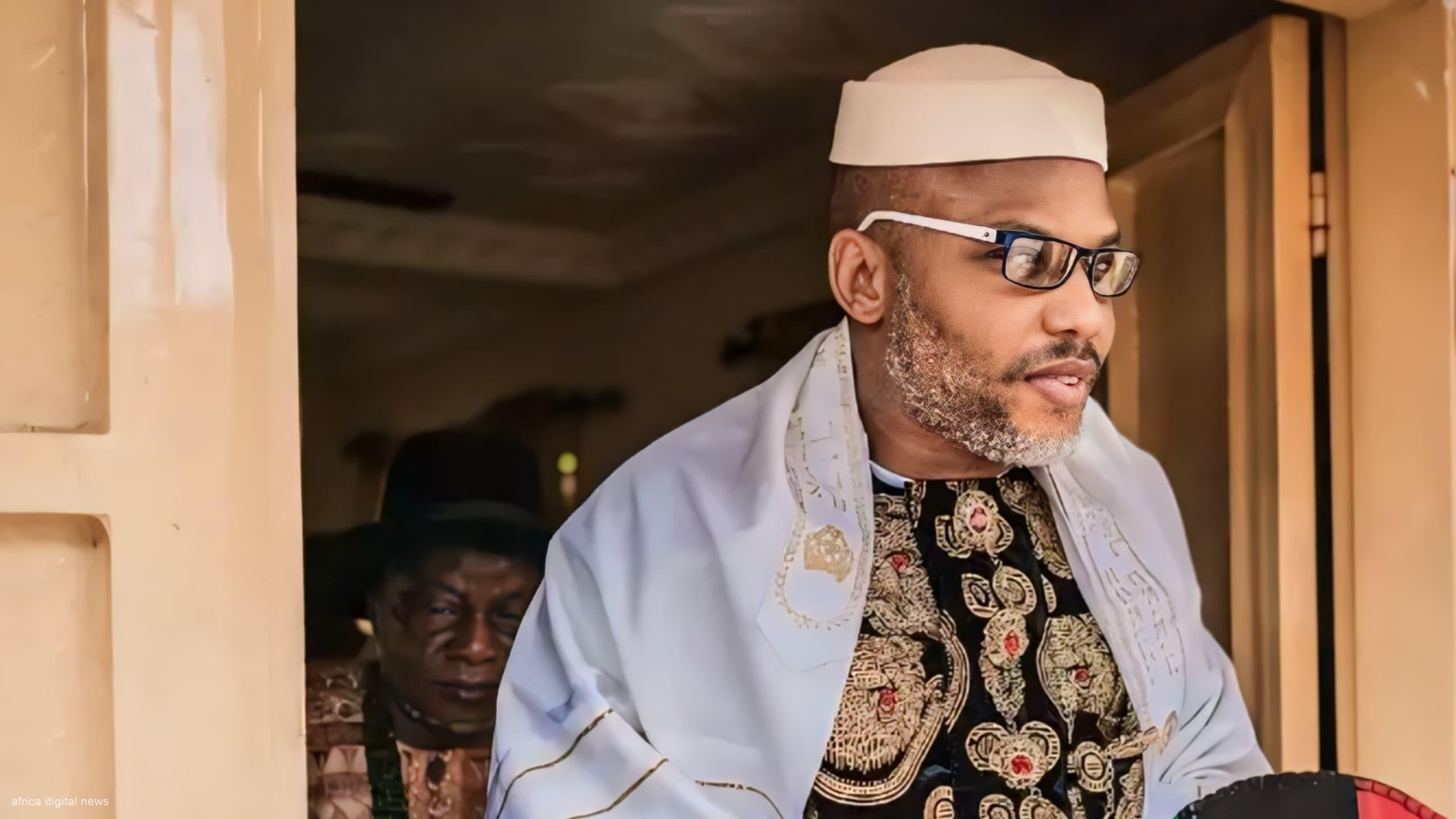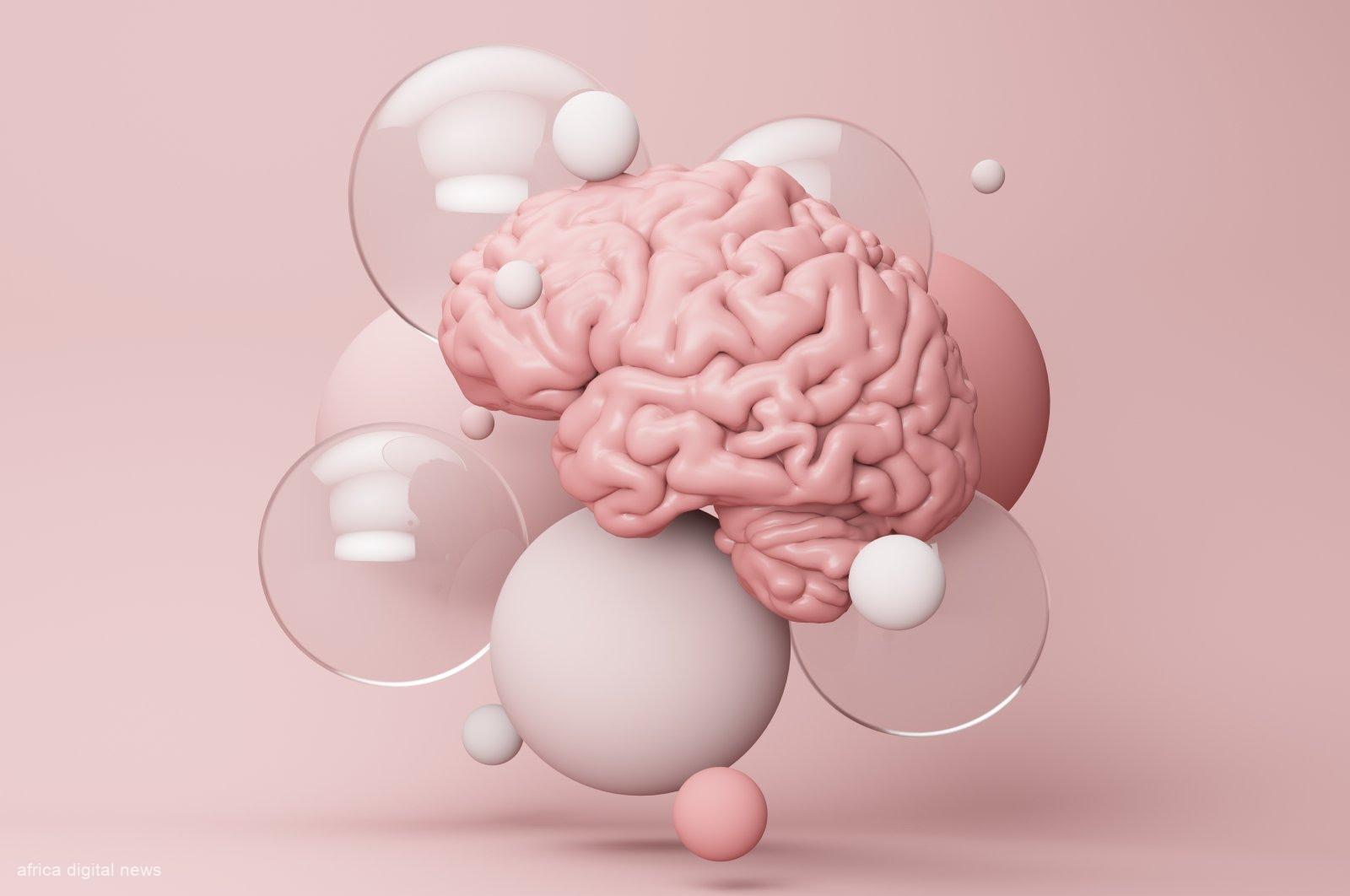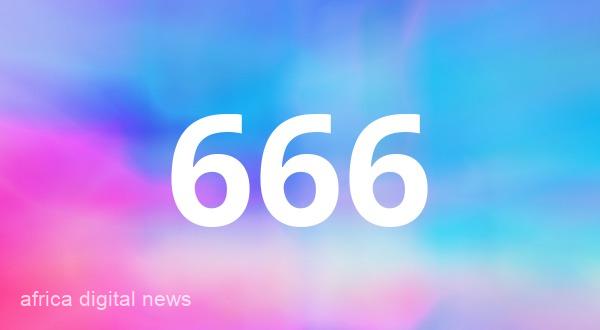Christmas Day just like many aspects of the organised Christian Religion is one that has been used to deceive many people around the world, most especially Africans. The issue of Christianity, Jesus Christ and the myth around his birth, lifetime, exploits and death have been shown to have a lot of holes in them and one of this major punctures is the obvious similarity or the rather duplicitous story between Heru of Egypt and Jesus Christ whose story originated several years after Heru’s story with a similar storyline.
There was a considerable amount of African derived symbols and stories which found their way into the Hebrew religious system. These indices and events revolve majorly around Africa, Africans and their environs. Being an offshoot of Judaism, Christianity naturally adopted many of these beliefs itself. Developing in Rome, one of Christianity’s main rivals were the numerous Egyptian derived Temples of Isis (Auset). To survive and flourish, the religion borrowed heavily from this African derived spiritual system. It was in this manner that the Hebrew idea of a saviour was born.
Critical issues evolve when seriously investigating the ancient spiritual text, which some scholars called the original bible; the Papyrus of Ani. It was later known as The Book Of Coming Forth By Day And By Night, (today called The Egyptian Book Of The Dead), written 3000 years before the King James Bible.
Reading about Heru, an ancient Kemetic (Egyptian) deity (called Horus by the Greeks), in the above-mentioned text, brings up some big questions. Heru was born of a virgin, as was Jesus. He was resurrected after three days, the same as Jesus. There is no record for both, ages 18 – 30 years. Also, in the above-mentioned text, is the Holy Trinity: Ausar (Osiris), Auset (Isis), Heru (Horus), and others, equal in importance to the Christian trinity: Father, Son, Holy Spirit. The major difference, the Kemetic trinity has a father, mother, son. The woman/mother was never taken away. And further, there are some older scholars who state the woman was the first deity. There are enough pockets of data to create an interesting discussion.
The story of Heru, the son of Auset (Isis) and Ausar (Osiris), predates the birth of Jesus by at least 4,000 years. According to ancient Egyptian mythology, Heru was conceived by means of immaculate conception. He is the only begotten son of the god Ausar. In Egypt, Ausar was the man-god who was killed and brought back to life thus giving the world the first notion of ‘the Resurrection’. Ausar then became the great Judge of the deceased. Auset, Ausar’s wife, was said to have been impregnated by her husband’s spirit while he was dead. She gave birth to a child named Heru in the world’s first ‘Immaculate Conception’ and this birth occurred on the 25th of December same as the famed birth of Jesus Christ.
At his birth a host of deities and wisemen were said to have honored him. Some believe the birth of Heru was commemorated on December 25th when the sun was in the zodiacal sign of Capricorn. Capricorn was also known as the Stable of Augeas; so the infant Heru (Sun/Son) was said to have been born in a stable. Thus Ausar, Auset and Heru made for the world’s first Holy Trinity. The story of the resurrected God-King can be found among the Khoi and San peoples of southern Africa as early as 2,000BC. It is only in Africa that the story is this old. Often called, ‘the mouthpiece of Africa,’ Egypt’s location gave it contact with the Near East.
Not surprisingly, years later the story of the God-King and his divine son appear in many other cultures. This includes Krishna of India (1200BC), Tammuz of Syria (1160BC), Iao of Nepal (622BC), Quetzalcoatl of Mexico (587BC), Mithra of Persia (600BC) and others. Jesus the Christ of Hebraic folklore would be the most recent addition to this pantheon.
The African concept of Auset and Heru remained in early depictions of Mary and Jesus. Black Madonna and child reigned throughout Europe for centuries. The Church of Notre Dame at Paris is said to have been built originally on a Temple of Isis (Auset). On one of its walls the sign of the zodiac, Virgo (Auset), is now said to be replaced with the figure of the ChristianMadonna and Child. Today these Black paintings, statues, and symbols are most worshipped in Central and Eastern Europe as Mary and Jesus.
With its African derived mythology and rituals, it is not surprising that Christianity finds easy converts along the Nile and Eastern Africa. There were many Christian sects in the early years of the religion and this is why there are a lot of disparities in the Christian religion resulting in lies, made up theories and general conspiracies like Christmas and Christmas day.
Since most of these stories were derived from African culture and ideologies it makes it completely superfluous to see most African Christians gallivanting and celebrating all in the name of a hoax-filled celebration called Christmas. The whole purpose of the birth and nativity of Jesus Christ has been exposed for the ruse it is. A practical myth meant to hoodwink Christians into believing what does not have a logical meaning to it. Christmas is merely a celebration that further adds to the delusional effect that organised religion has on normal individuals which is why it is not worthwhile celebrating. Christmas and other Western celebrations were basically created for the sole purpose of Western Imperialism in the world generally, and particularly Africa.
The earlier Africans understand this and wake up to the real harnesses pinning them down, the better it would be for them.
AFRICA DAILY NEWS, NEW YORK










